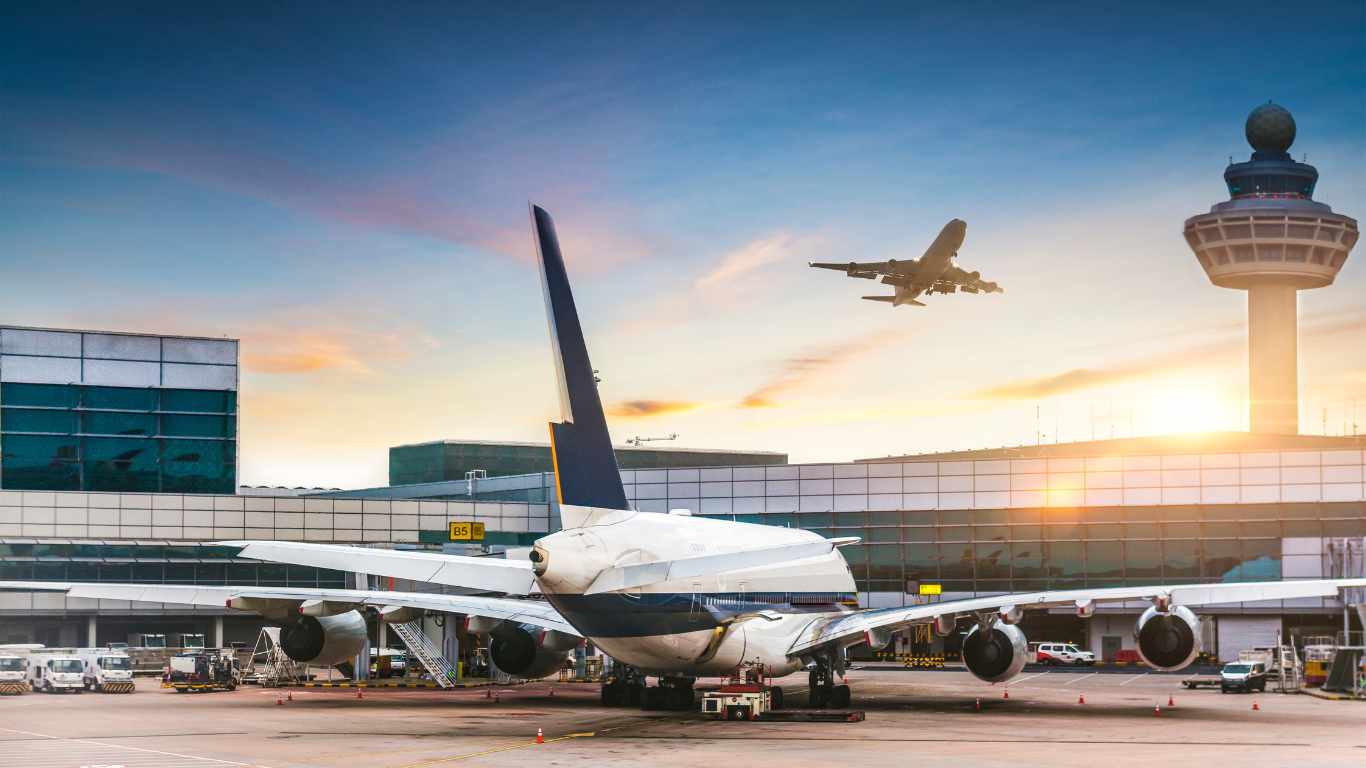Drones, also known as unmanned aerial vehicles (UAVs), have become increasingly popular due to their versatility and wide-ranging applications. They are used in various industries, from photography and agriculture to delivery services and surveillance.
However, strict regulations are in place to ensure the safe and responsible use of drones, especially near sensitive areas such as airports. This article explores the reasons why drones are not allowed in airports and the potential risks they pose to aviation safety and security.
The Growth of Drones and Their Applications
Over the past decade, drones have experienced remarkable growth in popularity. They offer a cost-effective and efficient way to perform previously difficult or dangerous tasks for humans. Drone technology has evolved rapidly, leading to improved capabilities and longer flight times.
As a result, drones are now widely used in various industries, contributing significantly to their growth and widespread adoption.
Drone Regulations: The Role of Aviation Authorities
To ensure the safe integration of drones into the airspace, aviation authorities worldwide have established regulations governing their operation. These laws address a variety of topics, including the registration of drones, the licensing of pilots, operational restrictions, and no-fly zones. The rules are designed to minimize potential risks and protect the safety of both drone operators and the general public.
Drones and Airports: A Risky Combination
1). Drones and Aircraft Collisions
One of the most critical concerns surrounding drones in airports is the risk of collisions with manned aircraft. Drones flying in the proximity of active runways or near aircraft during takeoff and landing present a serious hazard. Even small drones could cause significant damage to aircraft if a collision were to occur, potentially leading to catastrophic consequences.
2). Disruption of Air Traffic
Another issue with drones in airport environments is their potential to disrupt air traffic. Unauthorized flights of drones near airports have the potential to cause flight delays, as well as diversions and cancellations. Airports rely on precise schedules and carefully coordinated operations, and any interference from drones can cause significant disruptions and financial losses.
3). Security Threats
Drones can also pose security threats to airports, especially in the wrong hands. They might be put to use in illegal endeavors like the smuggling of illegal goods or the monitoring of sensitive regions, both of which are examples of possible applications. Additionally, drones can be weaponized, potentially endangering the safety of airport personnel and passengers.
Incidents Involving Drones and Airports
Several incidents around the world have highlighted the dangers of drones in airport settings. Numerous near-miss incidents between drones and aircraft have been reported, raising serious concerns among aviation authorities. As a result, many countries have strengthened their regulations to impose stricter penalties on those violating drone safety guidelines near airports.
Countermeasures and Mitigation Strategies
Various countermeasures and mitigation strategies have been developed to address the risks associated with drones in airports.
1. Geofencing Technology
Geofencing is a technique that is used to construct virtual limits around authorized regions, such as airports, where drones are not allowed to fly. These boundaries prevent drones from entering restricted airspace. Drones equipped with geofencing capabilities will automatically avoid these restricted zones, reducing the chances of unauthorized drone incursions.
2. Drone Detection Systems
Drone detection systems use advanced sensors and software to identify and track drones operating in restricted areas. These systems enable authorities to detect unauthorized drone activity near airports promptly and take appropriate actions to mitigate potential threats.
3. Legal Actions and Penalties
Stringent legal actions and penalties have been implemented to deter individuals from flying drones in restricted airspace. Offenders can face hefty fines and even imprisonment, emphasizing the severity of violating drone regulations near airports.
Public Perception and Education
Public perception of drones near airports plays a significant role in ensuring compliance with drone regulations. Educating the general public about the potential risks and consequences of irresponsible drone use can lead to increased awareness and compliance with safety guidelines.
The Future of Drones in Airport Environments
As drone technology continues to advance, efforts are being made to find safe and viable ways to integrate drones into airport operations. Research is ongoing to develop technologies that enable drones and manned aircraft to operate harmoniously in shared airspace.
Conclusion
While drones offer numerous benefits in various industries, their presence in airport environments poses substantial risks to aviation safety and security. The potential for collisions, air traffic disruptions, and security threats necessitates strict regulations and enforcement to ensure the safe coexistence of drones and airports.
As technology continues to evolve, it is crucial to strike a balance between embracing the potential of drones and safeguarding the integrity of airport operations.
FAQs:
1. Are all drones prohibited from flying near airports?
While not all drones are prohibited, there are strict regulations in place regarding drone flights near airports. Unauthorized drone flights in such areas can lead to severe penalties and endanger aviation safety.
2. Can drones be flown in designated areas within airports?
In some cases, airports may have designated areas where recreational or commercial drone flights are permitted. However, prior authorization and compliance with specific rules are typically required.
3. Can geofencing technology prevent all unauthorized drone flights near airports?
While geofencing technology can significantly reduce the number of unauthorized drone flights, it is not foolproof. Some advanced drone operators may find ways to bypass or disable the geofencing system.
4. Are drones a threat to commercial aviation?
Yes, drones can pose a threat to commercial aviation if they are flown irresponsibly or without adherence to airspace regulations. Collisions between drones and aircraft have the potential for catastrophic consequences.
5. How can the public contribute to drone safety near airports?
The public can contribute to drone safety by staying informed about drone regulations, reporting unauthorized drone activity near airports, and educating others about the potential risks.
